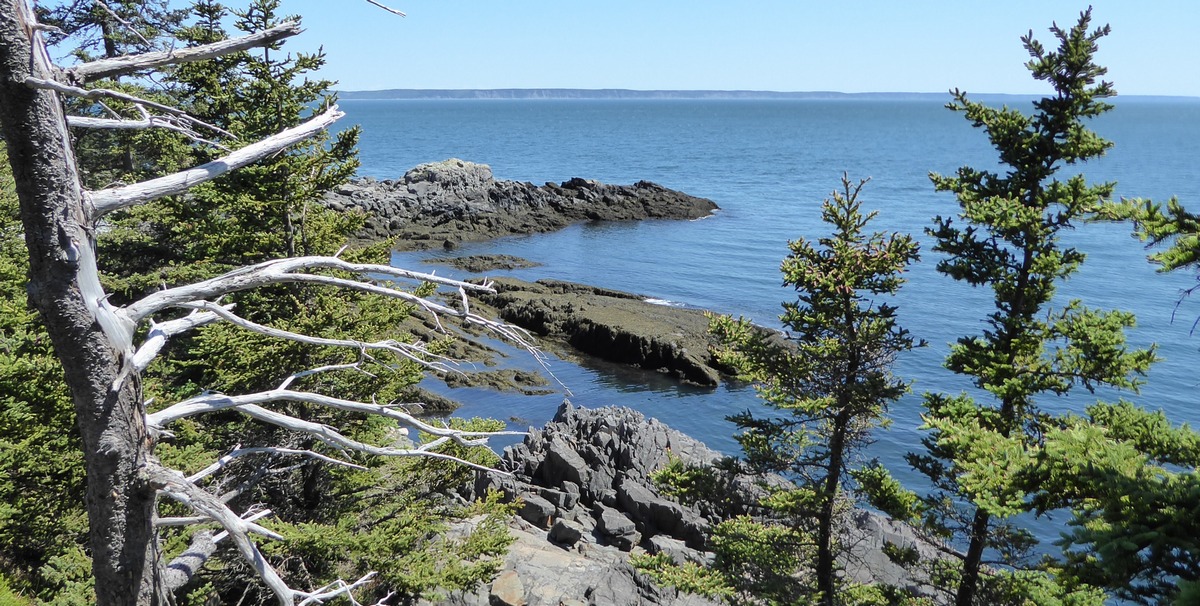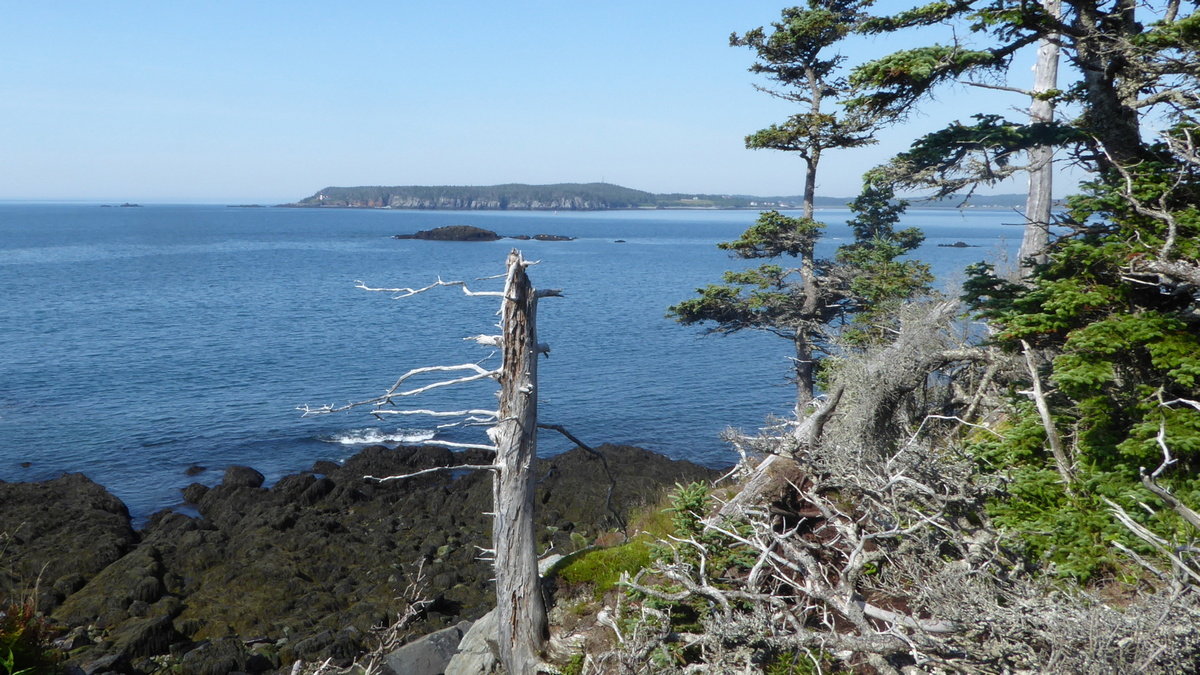Comments from the Chair
Welcome our new leaders
Our local SA ExCom welcomes Bill Barker as a new volunteer member, joining re-elected Wendell Fuqua and Karen Weehler. Lone Star Chapter welcomes Juan Mancias , and return of Brandon Morton, and re-election of Andrew Balinsky, current LSC Chair. Thanks to all who voted to keep Sierra Club a democratic, volunteer led and based environmental advocacy organization. Thanks to all candidates.
Become a member of City climate planning committee
The City of San Antonio (CoSA) is selecting members of its Technical and Community Advisory Committee and its Climate Equity Advisory Committee. These committees will guide implementation of the recently adopted Climate Action & Adaptation Plan (CAAP or “Climate Ready”).
Applications for both committees are currently accessible at the "Apply for a Board" webpage. Please follow link to applications and find Climate Ready Climate Equity Advisory Committee, and Climate Ready Technical & Community Advisory Committee. Hard-copy applications are also available at all libraries.
Potential applicants are being encouraged to contact the Office of Sustainability, (210) 207-6103, for questions, help, or to obtain a Spanish version of the application. Selections will occur the end of February.
Strong CAAP implementation requires strong committee input. Please sign up!
Connect SA, VIA Reimagined, and Edwards Aquifer Protection Program (EAPP):
San Antonio needs huge mobility changes if we are to reduce our carbon emissions in compliance with CAAP goals. We also need these changes to reduce our ozone and improve air quality for our health. This means redirecting our growth away from decades of sprawl and associated road building.
We need much more transit. We need more and safer non-vehicular options such as bicycle and pedestrian ways that are physically separate from traffic. We need rapid conversion to more electric vehicles in our city and commercial fleets and among our residents.
TxDoT continues to spend billions of our tax dollars on roadway expansions around San Antonio. These current projects will disrupt traffic throughout most of this decade, and result in very temporary congestion improvement, if any.
Our rural SC members face these huge obstacles every time they consider coming to SA area SC events. They have essentially no option but single-vehicle travel. This is unfair and unjust.
Current law makes the 1/8 cent sales tax in SA that is currently allocated to linear parks and EAPP eligible for reallocation to VIA to support more transit. This money could also leverage matching federal grants and bond proposals. This money could provide major assistance to the goal of expanding VIA.
The critical issue for us, and other members of the Greater Edwards Aquifer Alliance, is that no weakening of the currently successful EAPP happen. Currently under discussion is using the increased contribution to CoSA of funds from SAWS (increased from 2.7 to 4% for FY2020) to fund EAPP within CoSA. Bexar County is looking at funding the Linear Creekway program.
We support expanded transit, physically separate and safe bicycle and pedestrian lanes, redesigned and safer intersections, dedicated transit lanes (possibly flexible with smart technology to vary with traffic) so buses don’t get stuck in congestion, conversion to electric vehicles wherever practical and possible, and no more pavement.
For more information, please check out the ConnectSA; VIA Reimagined, and CoSA's Edwards Aquifer Protection Program webpages.
Putting the “public” back in “public utility”
Mayor Nirenberg is joining us in calling for a public advisory committee to CPS rates and energy generation (See “Nirenberg Pushes for External Review of CPS Energy Rates”). I spoke in support of this at the 1/27/2020 Board meeting of CPS.
Brendan Gibbons quotes a question to the Mayor: “Gold-Williams asked whether the committee is supposed to replace the CPS Energy board or tell utility officials how to run CPS Energy.” How ridiculous, and how exemplary of the kind of treatment we get from Ms. Gold-Williams. (See: “CPS Energy Adopts $2.6 Billion Budget With No Rate Increase”).
Others at that meeting chastised CPS for now proposing a one-year extension of its expiring STEP energy efficiency program, because for two years we asked, at CPS-Environmental Stakeholder meetings, for dialogue on how to move beyond that program to achieve another round of ambitious energy efficiency goals. We were totally ignored and even this extension came as a surprise at a largely unannounced Board meeting.
These stakeholder meetings have become less and less useful, with deteriorating trust on our side and more stonewalling on the part of CPS. Mario Bravo at the same BoT meeting resigned as Stakeholder Chair, so the meetings are now in limbo. We continue to demand meaningful public input into our public energy (and SAWS) utility and thank the Mayor for his support.
by Terry Burns, M.D., Alamo Group ChairPolicies that Hasten San Antonio’s Growing Water Crisis
Water is necessary for health, hygiene, and life itself; it is a human right. At our February General Meeting, Meredith McGuire, PhD, Professor Emerita of Trinity University, will discuss how many local policies, climate change, and inequities in access to affordable clean water intersect to hasten our water crisis in San Antonio.
Tuesday, February 18th
Doors open at 6:00 pm; announcements at 6:15; program starts at 6:30
William R. Sinkin Eco Centro, 1802 North Main Avenue
Map
Current water management policies have reduced our readiness for coping with the extreme droughts anticipated to occur due to climate change, and will lead to water scarcity and overdrawing precious aquifers.
The Vista Ridge pipeline is part of the cause – not the solution – of our Water Crisis. Now that the pipeline is built, who should pay for water that San Antonio doesn’t really need? We should not support new development over aquifer recharge or contributing zones, especially if it increases our water consumption. Nor should we incentivize water-intensive industries to locate here.
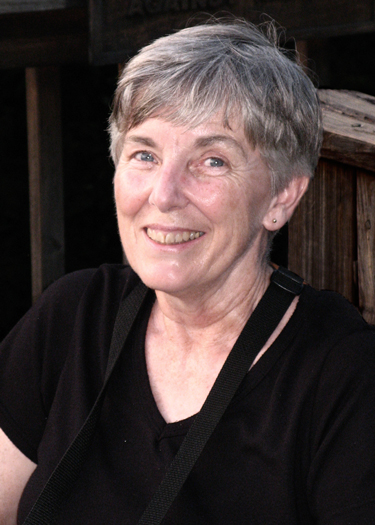
Instead, we must hold those businesses and residents that are using the most water accountable for the full actual costs of the most expensive water sources. We must adopt progressive policies to decrease burdens on residential rate payers - especially those whose incomes are stagnant or dropping. Water is life: Basic necessary amounts should never be denied to those who cannot afford to pay for water.
Dr. McGuire, now retired, taught college courses for 40 years, 24 of which were at Trinity University, in subject areas such as Sociology, Anthropology, and Environmental Studies, including a First Year Seminar on Human Rights and Environmental Justice, and an advanced course on International Issues in Health and the Environment. She became active in the Sierra Club soon after coming to San Antonio, first as an Outings leader and, since 2012, on the Conservation Committee of which she is currently co-chair.
This meeting is free and open to the public. Please post, or forward, to anyone who may be interested in this program.
The Western- and Easternmost Points in the Contiguous 48 States
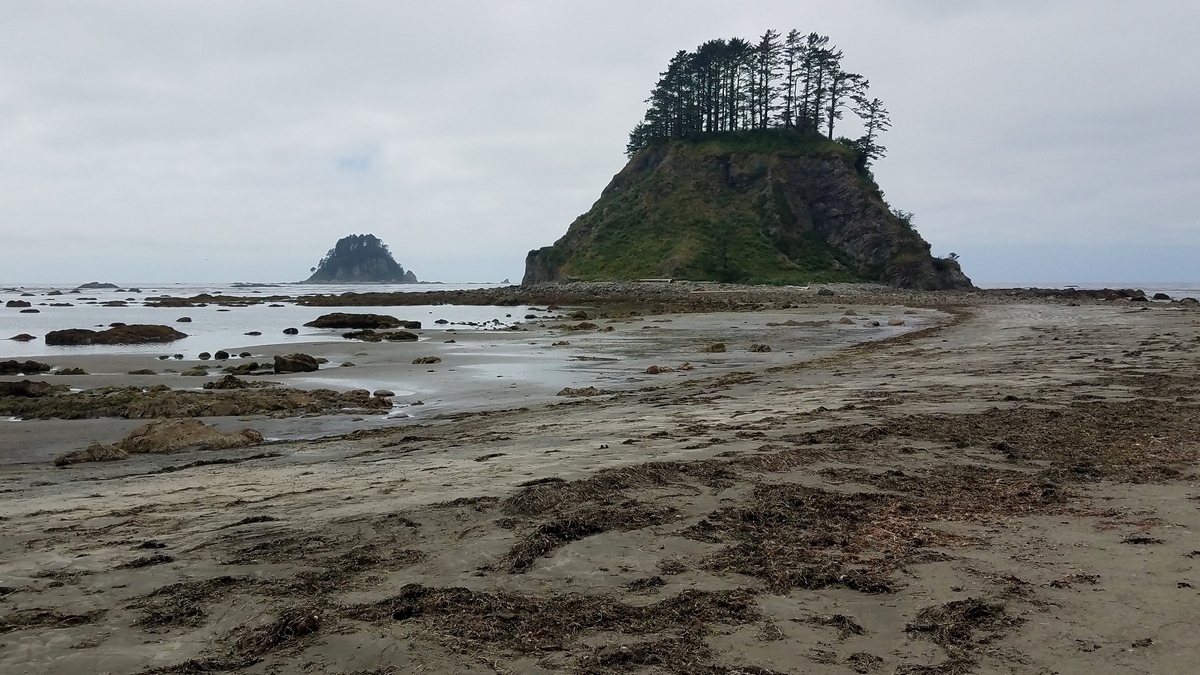
Tskawahyah Island, on the right, is on the Pacific coast in the Ozette Indian reservation, Washington. This is just north of Olympic National Park, July 2019. This island is certainly a few hundred feet west of Cape Alava just to the south, per GPS map data. The latter is said to be the westernmost point in the lower 48 states. Apparently the island doesn't count as the spit is flooded during high tides.
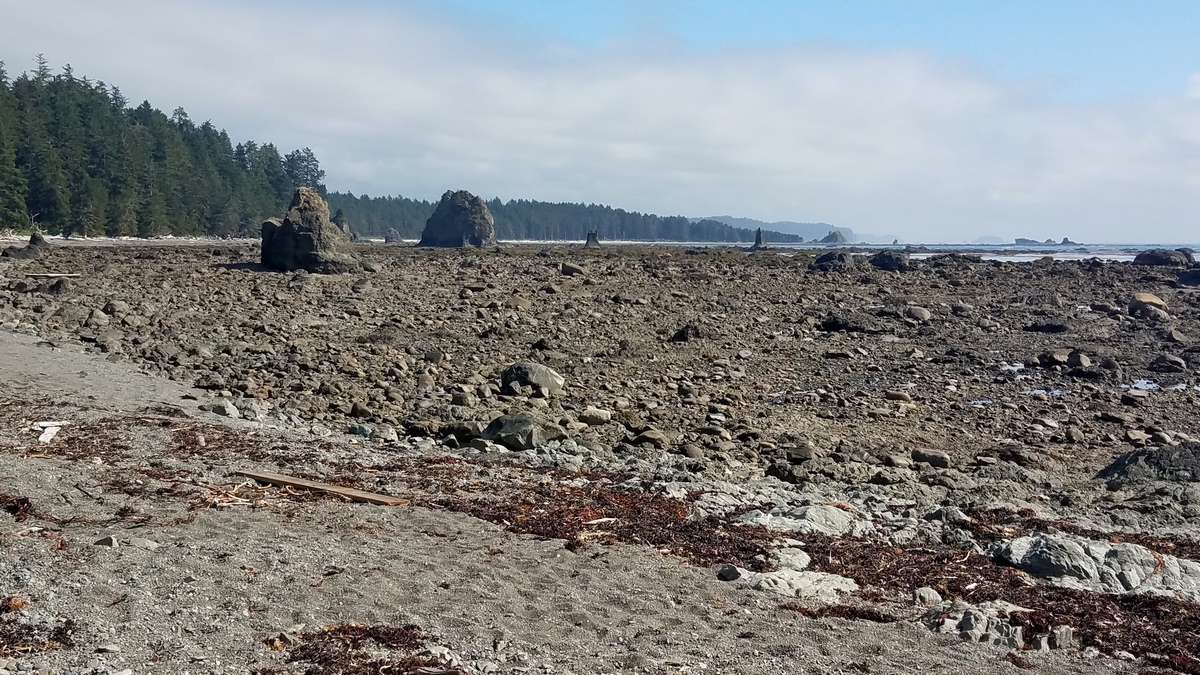
Looking southeast from Cape Alava. The Ozette triangular loop route continues 3.5 miles southeast to the first peninsula and then inland. The entire route is 11 miles including the detour northwest to Tskawahyah Island.
In Quoddy Head State Park, Maine, just east of the Quoddy Head lighthouse. Is the little basalt peninsula upper center precisely the easternmost point of land in the US? I should check when visiting again Summer 2020. On the horizon is Campobello Island, New Brunswick, Roosevelt Campobello International Park. June 2016, reprinted from an article in this newsletter November 2016.
Easternmost point in the US, in Quoddy Head State Park, Maine, is on the horizon center, with Quoddy Head lighthouse the white spot to the far left. This picture is looking southwest from Liberty Point, the southernmost spot in Roosevelt Campobello International Park.
by Kevin Hartley, Alamo Group Outings leader
Outings: The Call of the Wild
Visit the Alamo Sierra Club Outings page on Meetup for detailed information about all of our upcoming Sierra Club Outings.
The Alamo Sierran Newsletter
Richard Alles, Editor
Published by The Alamo Group of the Sierra Club, P.O. Box 6443, San Antonio, TX 78209, AlamoSierraClub.org.
The Alamo Group is one of 13 regional groups within the Lone Star Chapter of the Sierra Club.
Changed your mailing address?
Have you moved? Let us know by sending your old address, your new address and your member ID (see: Locating Your Member ID) to: address.changes@sierraclub.org.
Go online for the latest news and events
 |
